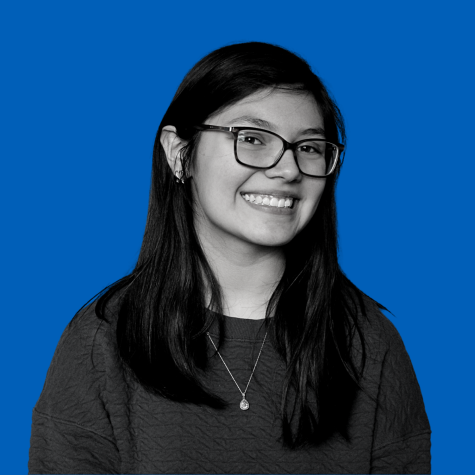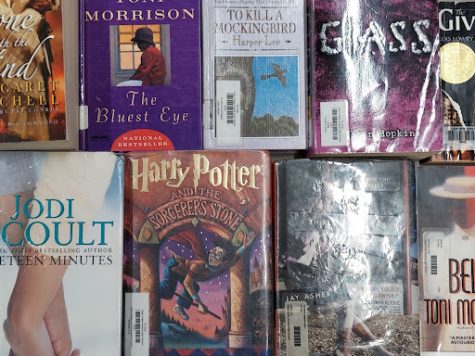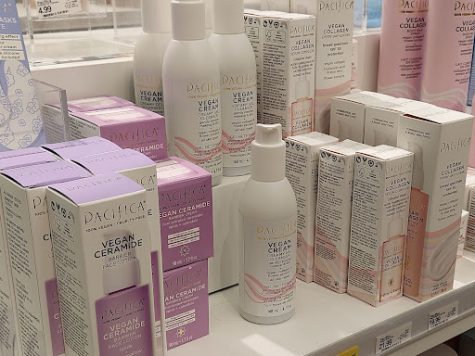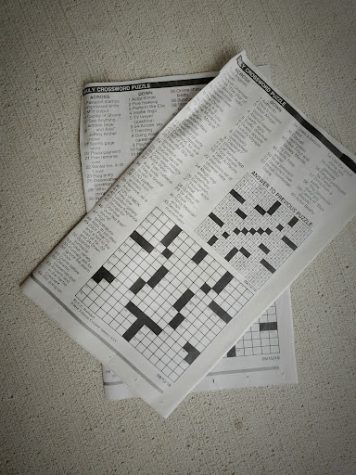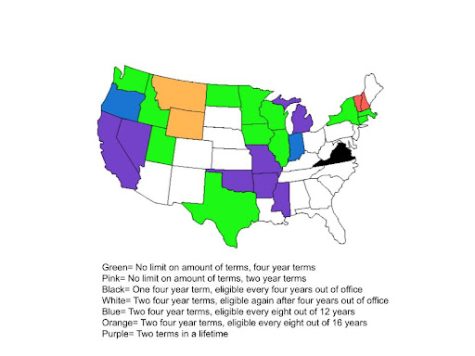The Rise of AI Art: How It’s Affecting the Art Community

Traditional art piece and its AI counterpart.
March 20, 2023
Pursuing an art career is a difficult task. It takes years to build skills and grow a platform from which you live off. Beyond actually creating art, there are many less enjoyable things artists must face, and the new rise of AI has become one of them. AI art has become more relevant in today’s society, but in the end the quick product isn’t not worth the damage it causes. AI systems learn from and combine other artists’ art, taking many aspects and pieces of multiple works. However, artists can still hold the fact they draw hands better than AI, despite the struggle of it.
The biggest problem with AI art is the fact it steals other artists’ art and results in a decrease in commissions. When big trends using AI art come up it results in people taking the “easy” route and using those generators rather than commissioning artists. The more people that use the generators, the bigger the trend becomes, and the AI begins to learn how to become less obvious. It creates a spiral and in many ways, this makes spotting AI art in media difficult. When it’s harder to spot, it’s much harder to hold people accountable or inform them.
When asked if they’ve seen AI art in recent, CCA staff member Jill Lauer, who teaches some of the art classes here in the High School, said:
“Yes, I’ve seen it, especially like a month ago it was really hot and people were commenting on it”. She continued with some other artist opinions: “…my artist friends weren’t happy about people using it to create art because it takes away jobs”.
Many artist’s rely on their art as their form of income, but as mentioned, with the recent uproar in AI, people may begin to rely on AI art rather than traditional artists because it’s “free and quicker”. Artists have been having to reach outside of their normal demographics to be seen over AI art as well. The algorithm on all social media is trend based, so when things like this become a trend, it’s incredibly harmful. Little do they know, the generators are using the art of artists who spend time doing what they love and creating honestly. Generators all across art taking artist’s art, and indirectly their money, without any form of compensation back at the least. Many artists have brought up the hashtag #NoToAI to help inform people about the problem with the recent trend. Many informational art pieces and written information as well are under this hashtag to help support artists.
CCA High School student Tessa Mulder was asked what they already knew about AI art from what they’ve seen in media lately. This is what they said:
“I know it’s causing fighting over opinions of whether AI art is valid, and some people are finding their art is being stolen and used for these AI art generators”.
Many have found that their art is being used in the generators, being heavily referenced in many of these works. Copyrighted works, and pieces with clear “DO NOT REPOST OR USE” signs aren’t exempt from this theft either. Some have even had their name or brand used as a prompt to create a work, with the generators. Artists who have had this happen to them have expressed their discomfort with this, and many who have had their art stolen are rightfully furious.
The New Yorker wrote an article about three artists who took action and sued MidJourney and 2 smaller generators for using their art. All works were, in fact, copyrighted, and none of the artists were paid for their part in the generators. With many of these generators, it’s become straight up theft in multiple ways.
Both Ms. Lauer, and Tessa draw themselves, and are aware of how fun, yet difficult it is. They were asked their final opinion on AI art, here’s what they had to say.
“I’m not a fan of it, because I do think it takes away that real artist view, but I do think there will always be a demand for real artist art because AI art often tends to bleed together, and people will always want that sense of individuality in art” stated Ms. Lauer.
Tessa voiced a similar opinion, “I think AI art is fun but I don’t really consider it art because it takes no creativity. Creativity is a core part of art and when using AI art it takes away that element”.
In the end, generators still hold problem to traditional art. However, the biggest downfall of AI will be the inauthenticity of it. In its simplest form, it’s blatant art theft and doesn’t take the time, energy, or mind of creativity that traditional art does. AI art generators should have restrictions set on them, or be banned to prevent the problems they cause. Using the hashtag #NoToAI can also help to spread the word and help keep artist’s works and jobs safe.
